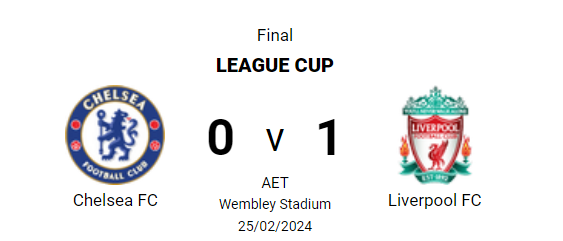Hidden Dangers of Soft Drinks: A Comprehensive Analysis
Soft drinks have become an integral part of our daily lives, readily available in every corner of the world. However, beyond their fizzy and refreshing appeal, these beverages harbor a host of ingredients that raise serious health concerns. In this comprehensive analysis, we delve into the dark reality of popular soft drinks, using the example of Mirinda, to uncover the potential risks associated with their consumption.
Myths vs. Facts:
Addressing common misconceptions, such as comparing soft drinks to toilet cleaners, we uncover the truth behind the acids present in these beverages. Exploring citric acid and phosphoric acid, we differentiate between weak acids found in soft drinks and stronger chemicals present in toilet cleaners. Dispelling the pH level myth, we clarify the acidity of soft drinks compared to everyday items like lemon juice.
Sugar Overload:
One of the most alarming aspects of soft drinks is their staggering sugar content. Examining Mirinda's 82.8 grams of sugar in a 600ml bottle, we emphasize the health risks associated with excessive added sugar consumption. Highlighting the recommended limits set by health authorities, we emphasize the link between daily soft drink intake and long-term health issues, including joint pain, skin aging, diabetes, and obesity.
The Addictive Nature of Sugar:
Drawing parallels between sugar addiction and drug addiction, we shed light on the alarming reality of how soft drinks contribute to addictive behavior. Referencing studies that compare sugar addiction to cocaine addiction, we explore the long-term consequences of regularly consuming these sugary beverages.
Artificial Sweeteners and Controversies:
Analyzing the introduction of diet soft drinks as an alternative, we delve into the controversies surrounding artificial sweeteners like aspartame, saccharin, and sucralose. We present contrasting studies regarding the safety of these sweeteners and their potential links to cancer, heart diseases, and mental health issues.
Caramel Color Controversy:
Unveiling the source of the dark color in soft drinks like Pepsi and Coca-Cola, we discuss the controversy surrounding caramel. Examining the formation of 4-methylimidazole (4-MI), a potential carcinogen, we highlight the legal limits imposed on its presence and the industry's response.
Synthetic Colors and Hyperactivity:
Exploring the use of synthetic food color E110 (Sunset Yellow FCF), we reveal its connection to hyperactivity in children. Tracing bans in European countries, we question the absence of regulations in countries like Pakistan, allowing the continued use of potentially harmful ingredients.
Preservatives and Hidden Dangers
Examining preservative E211 (Sodium Benzoate) and its link to the formation of benzene, a known carcinogen, we discuss the varying responses of global soft drink companies. We underscore the importance of scrutinizing preservatives and the potential health risks they pose.
Phosphoric Acid and Dental Health:
Highlighting the role of phosphoric acid in soft drinks, we shed light on its impact on dental health. Discussing dental corrosion and the advice to limit soft drink intake, we address the seemingly minor yet significant consequences of its consumption.
Also Read: Breaking Free from the Diet Coke Grip: A Personal Journey
In concluding our analysis, we emphasize the need for awareness regarding the ingredients present in soft drinks. By unraveling the complexities of these beverages, we hope to empower individuals to make informed choices about their consumption, ultimately prioritizing their long-term health over momentary refreshments. It's time to rethink that next sip and consider the potential impact on your well-being.
Also Read: Soft Drinks And Their Potential Impacts On Human Health
Also Read: The Science behind Weight Loss: Understanding the Basics











